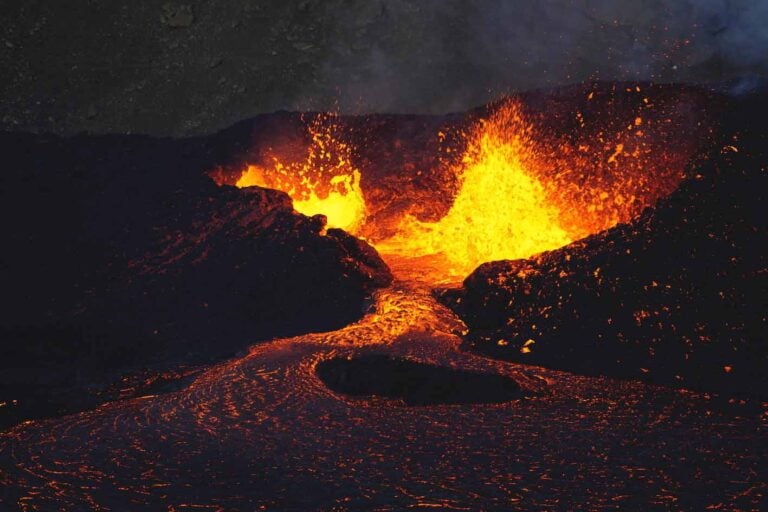Iceland occupies a unique position on a global scale, being influenced by two major crustal formation systems. The country lies on both a hotspot and a mid-ocean ridge system, where magma rises from the Earth’s mantle to the surface. At a hotspot, molten rock emerges independently of tectonic plate boundaries, while at plate boundaries, lava wells up to create new crust along the seams of diverging plates. In both cases, volcanic eruptions occur as molten material is transported from the mantle to the surface.
Over the past century, Iceland has experienced 45 eruptions—nearly one every two years. Among these were several large events: Katla in 1918, Hekla in 1947, Surtsey in 1963, and Heimaey in the Westman Islands in 1973. Since the start of the millennium, there have been 15 eruptions in just 24 years, including two notable ones: Eyjafjallajökull in 2010 and Holuhraun in 2014.
Are we entering a new phase? Since the eruption cycle began on the Reykjanes Peninsula on March 19, 2021, Iceland has seen 10 eruptions in just three and a half years—a remarkable and significant increase.
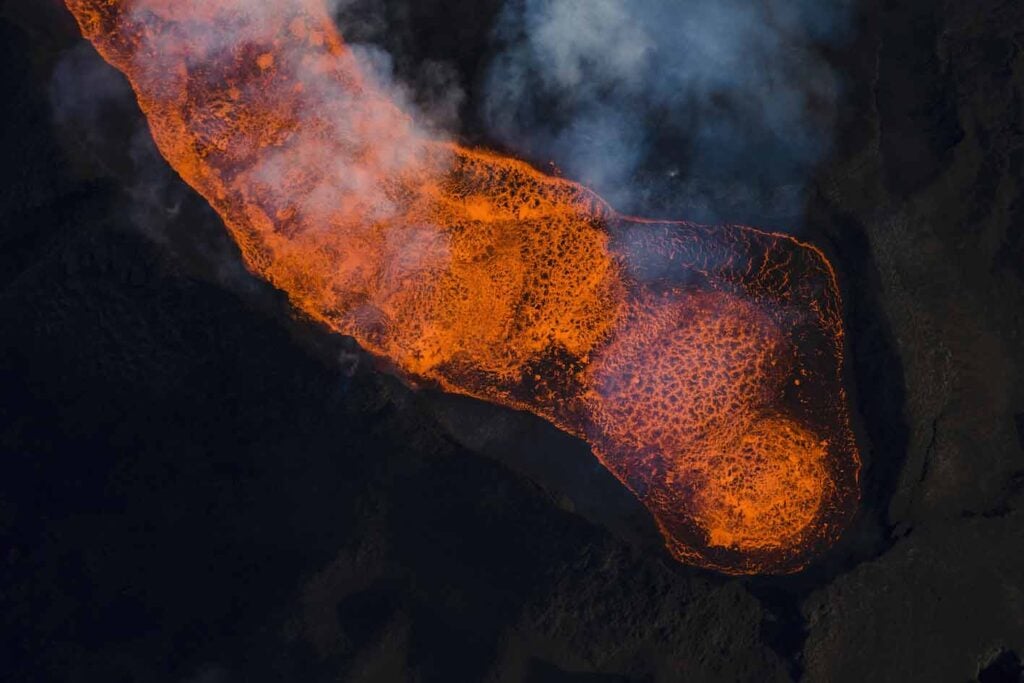
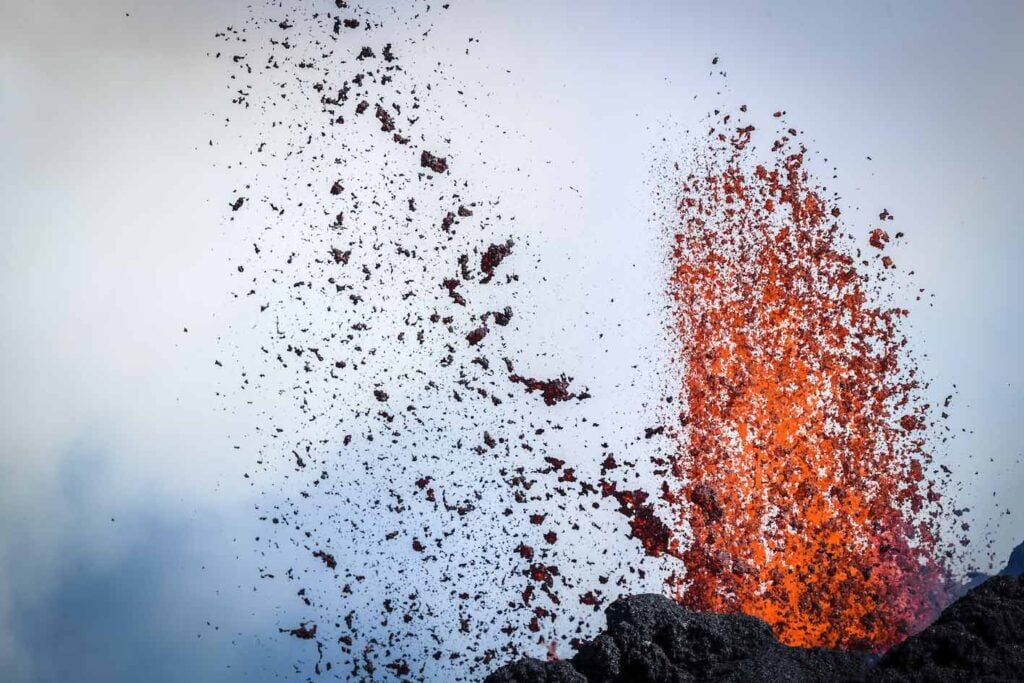
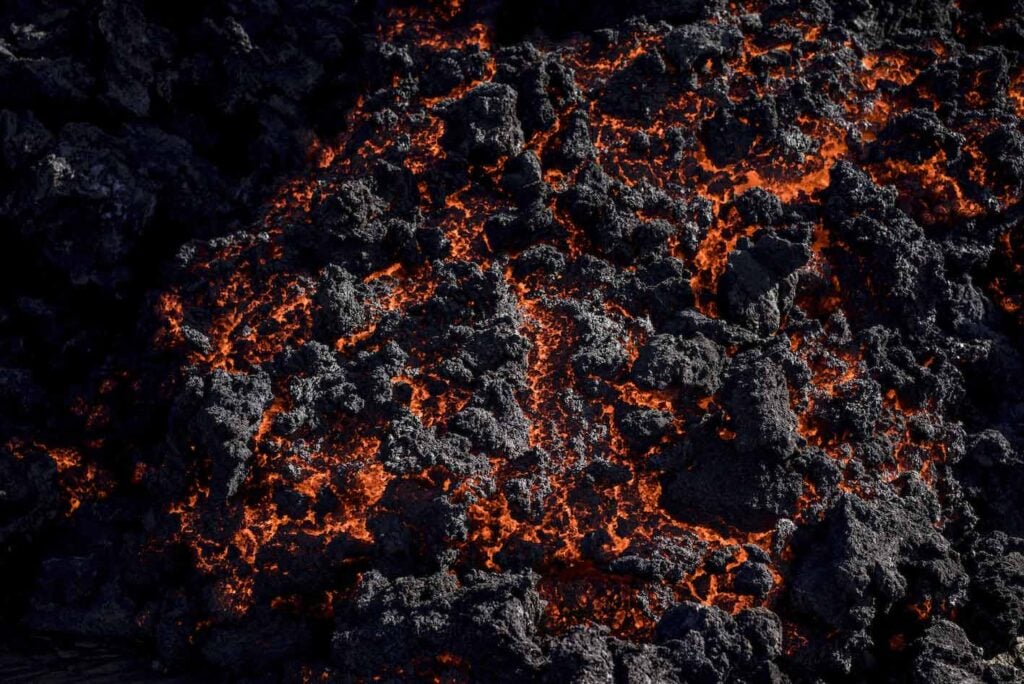
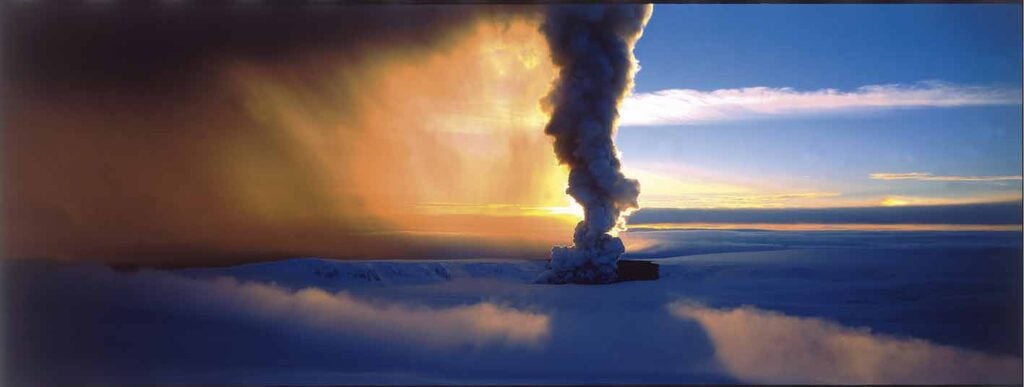
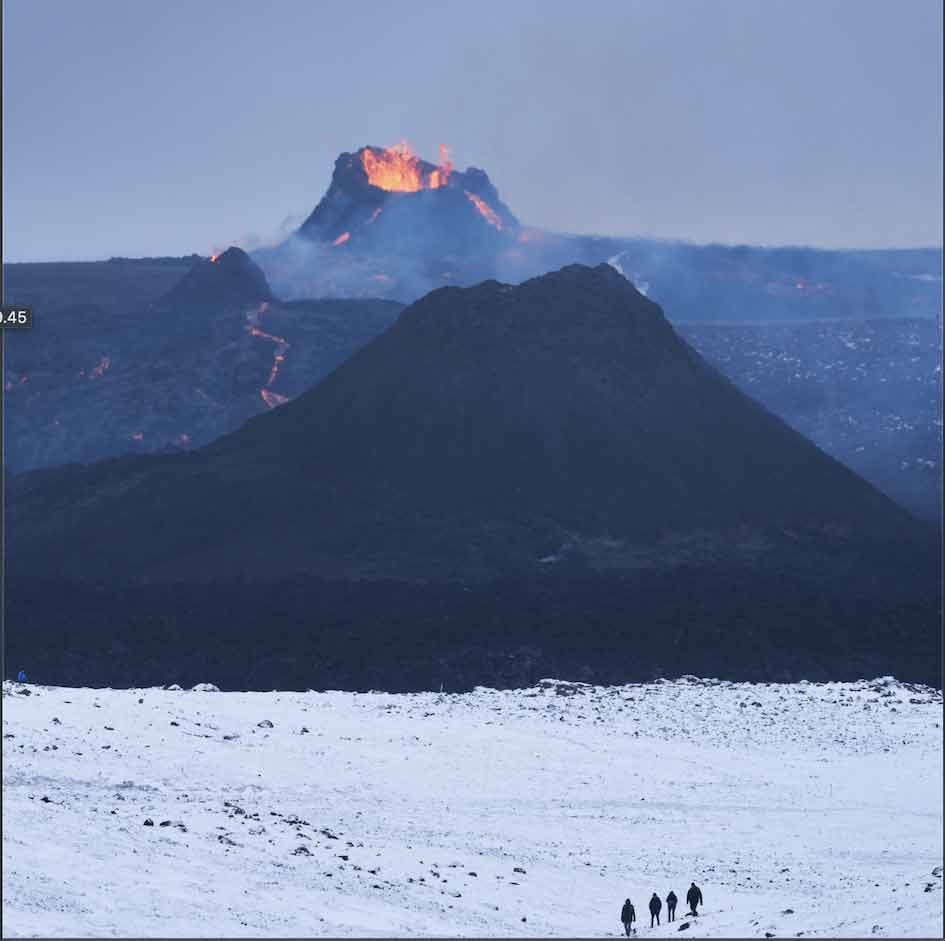

Iceland, 22/11/2024: RX1R II, A7R IV, A7R III – 2.0/35mm Z, FE 2.8/90mm G, FE 1.2/50mm GM, FE 1.4/85mm GM – Images & text: Páll Stefánsson

